Artificial Intelligence Digitalization smart classroom
With Epson and Re Mago, MIP Politecnico di Milano has created the first Smart Classroom in Italy, geared towards collaboration and encouraging brainstorming
MIP has completed its digital classroom project. The most advanced video-projection and collaboration technology applied to the classroom delivers fully interactive and highly engaging lessons.
MIP, Politecnico di Milano’s School of Management, has completed its project to create fully digital lecture rooms, and today is inaugurating its first “special” Digital Classroom designed to share information visually and encourage brainstorming. This milestone underlines MIP’s continuous high commitment to tap into the opportunities provided by cutting-edge digital tools and offer its students the best possible learning experience.
Along with the other 13 lectures room in the Bovisa Campus equipped with similar tools, the Milan lecture room uses the most innovative technological solutions elaborated by Epson in partnership with Re Mago Ltd, a British company that worked with a largely Italian development team to create visual collaboration and brainstorming software, ideal for Smart Classrooms and Smart Working. This software can be used to share, add notes and present digital material (text, sound, graphics, video, links) and information in real-time using any personal or mobile device physically in the lecture room or connected remotely. All these actions are simple and intuitive, backed by a software user-interface designed with even the least keen technology user in mind.
The Smart Classroom has eight Epson EB-710U interactive laser video-projectors arranged in pairs along its four sides, transforming it into four shared work areas where teacher and students can write, share, take notes and modify documents, with every step being recorded, and everything saved at the end of each session, to retain a complete and fully usable digital copy.
In the words of Federico Frattini, Associate Dean for Digital Transformation: “MIP as a school of management is addressing the business world’s needs through specialised post-graduate and post-experience training courses, designed for people who are already embarking on their professional careers. By creating our Smart Classrooms, we intend to give our teachers and students ever more interactive, modern and engaging means for working together in the classroom.”
What is a Smart Classroom and how does it work?
In the educational and corporate worlds alike, the challenge for true and optimal collaboration is to ensure that all the parties involved can act using all the tools and functions available in a simple, intuitive and user-friendly way that does not upset their own personal methods of working but instead gives them that extra help and support.
Each of the two video-projectors placed along the four Smart Classroom walls can be used to project a range of material (for example, the teacher’s lesson and the students input) or to create a single large working area. In either case, the entire projected area is interactive, and people can join in using the pens provided with the video-projectors or even their fingers (using the Finger Touch function). Or, if they are connected remotely, they can write on their own devices – smartphones, tablets or PCs – connected via cloud to the session.
In this way, the area can be used for brainstorming sessions, for drawing and for sharing all sorts of files (images, videos, pdf files, MS Office documents, links to internet sites), and also for browsing purposes and to access and present apps. The full complexity of AI services (machine learning) is hidden behind simple tools, like Re Mago’s “Lasso Tool”. These advanced tools can, for example, recognise and suggest vector images that are as close as possible to the user’s original free-hand drawing, and these images are then used in presentations. Other special functions like recognition software for writing (OCR) and geometric shapes as well as online searches for images, videos and websites are all at the user’s fingertips or at their verbal request. The outcome of the search just needs to be dragged onto the work area for it to be used and consulted. Files can easily be shared between (to and from) any local storage system or cloud service.
Another benefit is that, during or at the end of a lesson, participants do not have to take photos of the work area or take notes, because the complete record of what was done (including sketches, notes, files, audio and video recordings etc.) can be saved, stored and shared through a number of channels.






